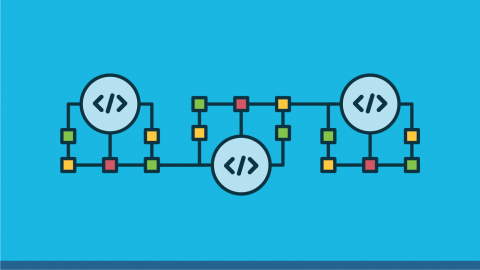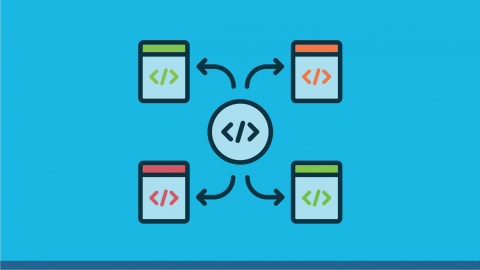Accelerating Secure Infrastructure Deployments with Policy-as-Code Authorization
Styra is today introducing a better way for platform engineering teams to empower hundreds or thousands of developers and accelerate their infrastructure deployments, including the broadest policy library and infrastructure authorization toolset for Kubernetes, Terraform and CloudFormation.











